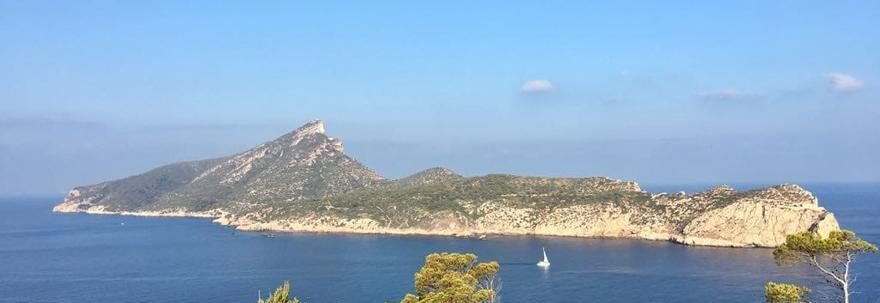The Mediterranean Sea reaches its maximum temperature: 28.4°C Surpasses the 2003 record by two tenths of a degree. Thermometers also rise in the Cantabrian Sea, three degrees above the average.
The sea temperature in the Mediterranean has reached a historic record this summer. The waters bathing the coastal areas of southern Europe have recorded 28.4 degrees Celsius. This figure surpasses the previous record by two tenths of a degree, dating back to 2003, although it is still far from the 38 degrees Celsius recorded by a marine buoy off the coast of Florida, USA.
The rise in temperature is widespread in other marine areas of Spain, such as the Cantabrian Sea, where the temperature is exceeding the average of recent summer seasons by three degrees. At Santander’s Sardinero Beach, the water temperature reaches 24 degrees Celsius during these days.
The forecast is that the recorded temperature will continue to increase. “It is usually higher towards the end of summer because all the heat accumulates,” said Mar Gómez, a meteorologist and physicist.
This increase in sea temperatures brings about a series of negative consequences. “The higher sea temperature is reflected in the terrestrial climate, and we have a strong coupling of the atmosphere with the ocean. We experience more episodes of ‘gota fría’ (cold drop) at the end of summer and the beginning of autumn, causing more severe damages.”
‘Gota fría’ (Cold drop): In Spain, ‘gota fría’ refers to a meteorological phenomenon known as a “cold drop” or “Dana” (Depresión Aislada en Niveles Altos). It occurs when a mass of cold air at high altitudes meets warm air near the surface, causing intense and persistent rainfall over a localized area. These rainstorms can lead to heavy flooding, landslides, and other weather-related disasters. They often bring strong winds, thunderstorms, and rapid changes in weather conditions.
Each year, Spain experiences several ‘gotas frías’, particularly in regions like Valencia, Murcia, and eastern Andalusia. These weather events can be highly destructive, causing damage to infrastructure, agriculture, and posing risks to human safety.
Marine ecosystems also feel the effects of rising temperatures, with the proliferation of jellyfish such as the feared Portuguese Man o’ War and other episodes. “All species have optimal temperature ranges in which we can thrive. Beyond those margins, we have to adapt our way of life,” points out Aurora Requena, a biologist and science communicator, who highlights the movements of species in the sea.
In this regard, the appearance of species in the Mediterranean such as the lionfish or the algae ‘Rugulopterix okamurae’ threatens to destroy biodiversity. “They grow faster than native species, and their expansion is quite lethal.”



